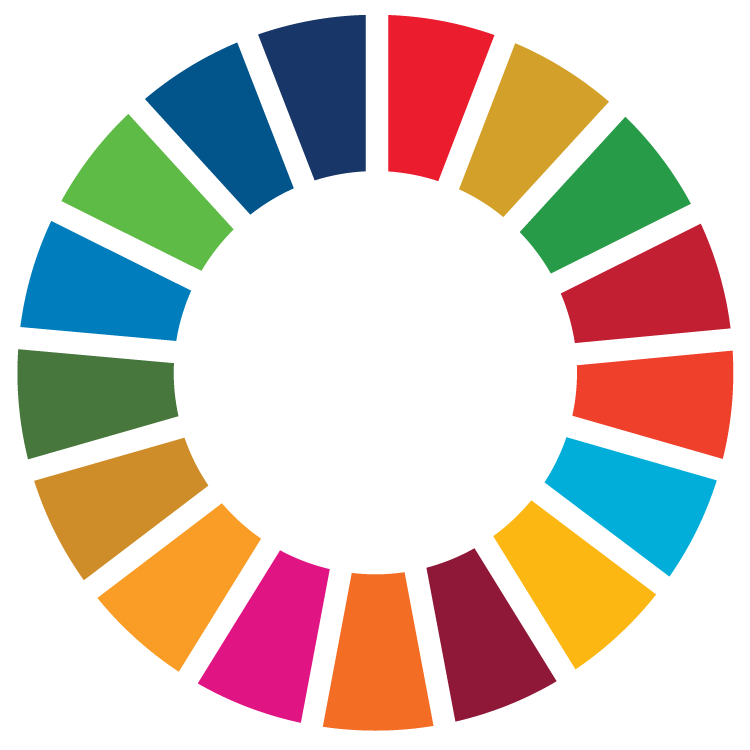Tutorial: Setting up a US municipal OpenSDG Dashboard using Census Data & Mapping
What is OpenSDG?
An open source, free-to-reuse platform for managing and publishing data and statistics related to the UN Sustainable Development Goals (SDGs). This tutorial will be a guide on setting up an OpenSDG dashboard with a focus on US jurisdictions. It will walk through downloading and using federal data from the US Census and Center for Disease Control. Additionally, it will include information on how to embed mapping features per indicator.
Table of Contents: OpenSDG
SDG Policy Initiative OpenSDG
Mapping local SDG indicators quickly enables policy-makers to assess how
local communities are scoring across goals in the region. Here is an example of SDGPI’s OpenSDG. Using this platform, we map SDG 1.2.1 – proportion of population living below the national poverty line, by sex and ethnicity, at the census-tract level for San Diego County.

Getting started
How to create an OpenSDG platform: Before proceeding in this tutorial, please sign up for GitHub account, review the OpenSDG documentation, and introductory tutorial videos. You will find basic setup videos here. This short video will provide information on preliminary steps to setting up your dashboard including setting up Github, changing graphics, adding languages, and creating additional indicators.
How to upload data and metadata files: This video provides information on the appropriate way to upload data to your OpenSDG Dashboard. Additional information about data formatting can be found here. Later in this tutorial, we will walk through the process of uploading and mapping US data sources.
How to automate site rebulilds: Rebuilding your OpenSDG page is a critical component to updating the website as changes are made. This step can be automated following the guide from the above video. If it is not automated, a manual rebuild will have to take place after updating any parts of the website.
Mapping SDG Indicators in OpenSDG
Mapping local SDG indicators quickly enables policy-makers to assess how local communities are scoring across goals in the region. Below is an OpenSDG map of the proportion of population in poverty mapped at the census tract level.


